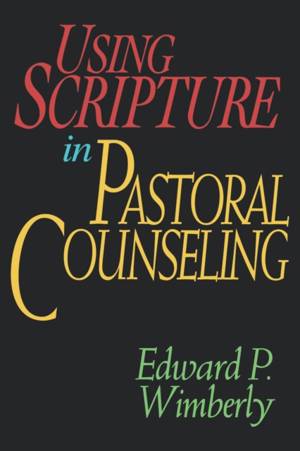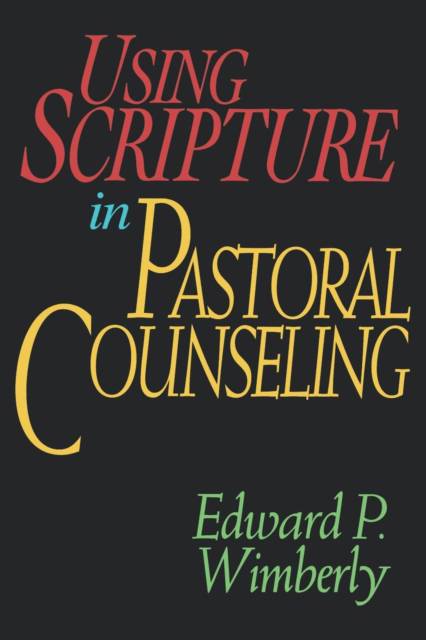
- Afhalen na 1 uur in een winkel met voorraad
- Gratis thuislevering in België vanaf € 30
- Ruim aanbod met 7 miljoen producten
- Afhalen na 1 uur in een winkel met voorraad
- Gratis thuislevering in België vanaf € 30
- Ruim aanbod met 7 miljoen producten
Zoeken
Omschrijving
At a time when there is concern within the church to draw on its historic resources for use in the transformation of persons, this book presents a model for the use of Scripture in pastoral counseling. Drawing on narrative biblical criticism and the psychology of narrative, the book suggests a model for pastoral counseling using Scripture to explore and release human possibilities. Detailed case studies are presented to depict the way the Bible can be used with counselees. Particular attention is given to pastoral counseling with individuals, marital couples, and families who bring to pastoral counseling a history of employing Scripture to bring order and meaning to their lives. Often, however, the biblical story seems to be secondary in their lives, and a more dominant and unhealthy story is primary. The method of using Scripture suggested in the book illuminates how the Bible story challenges and transforms unhealthy dominant stories that people bring to counseling. The model is presented in stages that cover the beginning, the middle, and the ending phases of pastoral counseling. The stages of the model include attending to the presenting problem, giving attention to the personal, marital, and family myths that dominate the lives of the counselees, mapping the negative influence of these myths, ascertaining a preferred story that counselees want to enact, setting therapeutic goals, and using Scripture to re-author and edit the negative mythology.
Specificaties
Betrokkenen
- Auteur(s):
- Uitgeverij:
Inhoud
- Aantal bladzijden:
- 135
- Taal:
- Engels
Eigenschappen
- Productcode (EAN):
- 9780687002511
- Verschijningsdatum:
- 1/03/1994
- Uitvoering:
- Paperback
- Formaat:
- Trade paperback (VS)
- Afmetingen:
- 152 mm x 228 mm
- Gewicht:
- 226 g

Alleen bij Standaard Boekhandel
+ 55 punten op je klantenkaart van Standaard Boekhandel
Beoordelingen
We publiceren alleen reviews die voldoen aan de voorwaarden voor reviews. Bekijk onze voorwaarden voor reviews.








